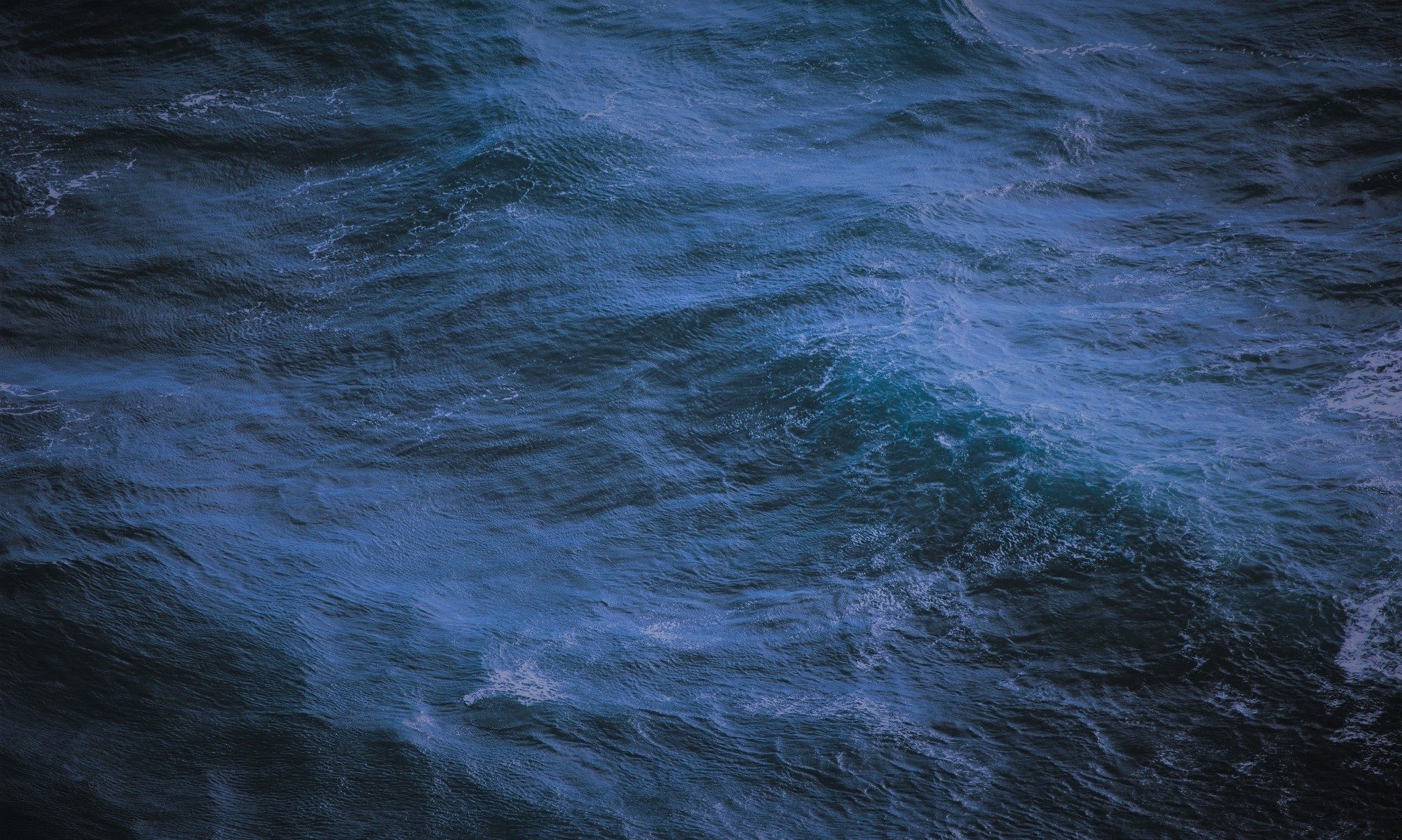A robust antenna with a combline filter for the reception of low power satellite transmissions at DGPS frequencies within a passband of 1539 – 1560 MHz for areas where general purpose antennae are inoperable due to L-band interference. Other passbands and centre frequencies are available on request.


Mechanical Specification
The antenna body is milled from aluminium which is hard anodised and sealed (RoHS compliant) to give a rugged grey finish resistant to salt water corrosion. A 4mm thick GRP pressure moulding, which can be painted to any colour required, provides a strong electrically low-loss radome. The antenna is waterproof to a minimum of IP67, the limiting factor being the seal between the N-connectors (or optional TNC) on the antenna and coaxial cable.
The mass of the antenna is 1.4 kg. Dimensions are shown in figure 1. Operating temperature range for the antenna is -45°C to +70°C and storage temperature range is -45° C to +100° C.
Electrical Specification
The antenna element is a shaped dipole with right-hand-circular polarisation, an omni-directional radiation pattern in azimuth and good reception down to 5 degrees in elevation, figure 2.


The element is connected to a built in GaAs FET amplifier via an interdigital filter. The amplifier’s gain is factory preset within the range 25dB to 46dB, with a total noise figure of less than 3 dB including the filter. In order to suppress L band interference, the filter has a narrow pass-band offering significant attenuation of out of band interference, figure 3. The amplifier is phantom powered via the coaxial output lead with a +5V to +20Vdc supply at typically 45mA. The antenna complies with EMC requirements and is CE marked.


